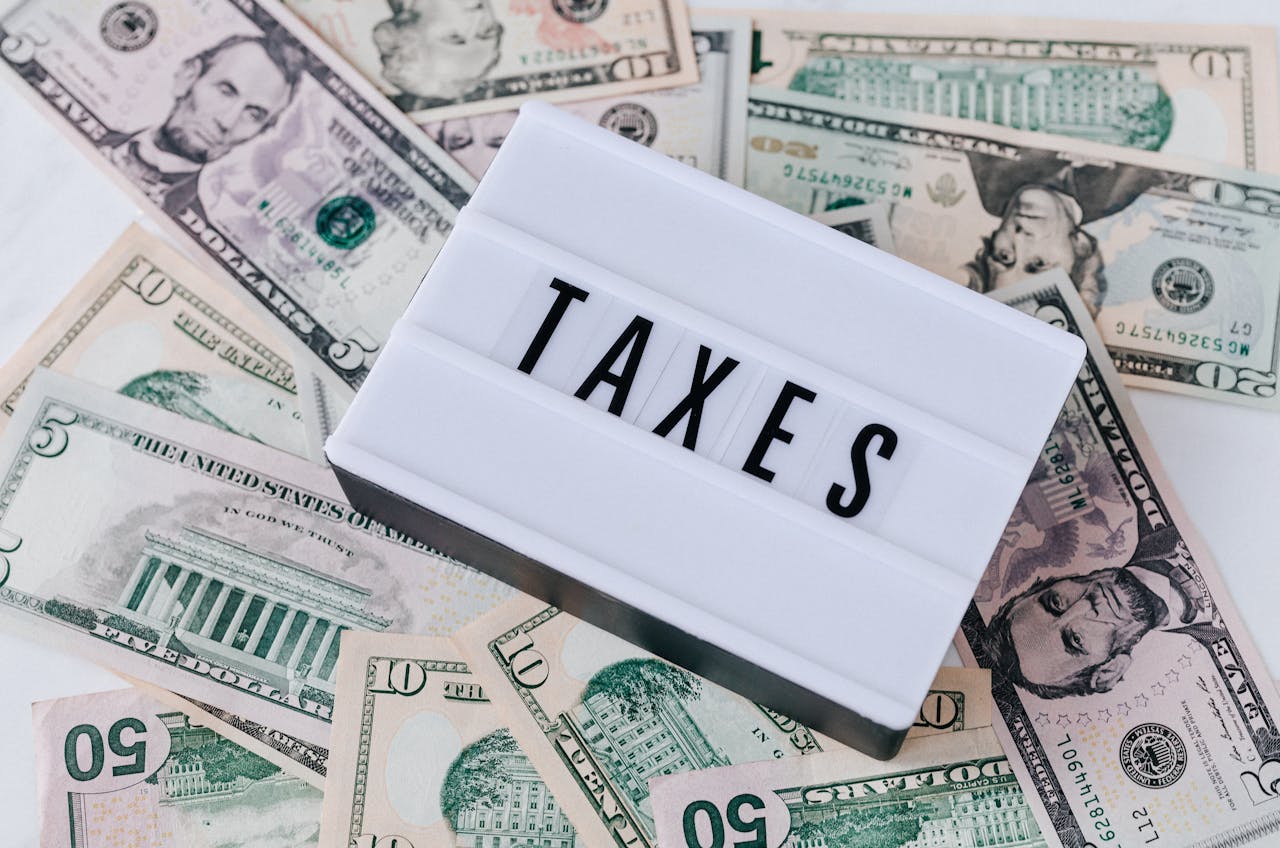Introduction The middle class is often the focal point of federal tax reform and Trump’s 2025 tax bill is no exception. Designed to offer relief through lower income tax...
Introduction For families across the United States, the Child Tax Credit (CTC) has long been a vital tool for reducing tax liability. In Donald Trump’s 2025 tax proposal, the...
Self-employment tax is a major part of a self-employed individual’s IRS obligations. It includes Social Security and Medicare taxes that would otherwise be withheld from an employee’s paycheck. If...
Introduction The Credit for Other Dependents (ODC) is a non-refundable tax credit designed to help taxpayers supporting qualifying dependents who do not qualify for the Child Tax Credit (CTC)....
Introduction Capital gains occur when you sell assets like stocks, real estate, or other investments for a profit. If you sell at a loss, you incur a capital loss,...
Introduction Dividend income is a distribution of corporate profits to shareholders. The IRS categorizes dividends as ordinary or qualified, each subject to different tax rates. This guide explains how...
Introduction Dividends are payments made by corporations to shareholders as a return on investment. The IRS categorizes dividends into ordinary dividends and qualified dividends, which are taxed at different...
Introduction Dependent care benefits help working parents and caregivers pay for childcare and dependent care services. Many employers offer Flexible Spending Accounts (FSAs) or direct reimbursements for dependent care...
Introduction Employers are required by the IRS to issue Form W-2 (Wage and Tax Statement) to employees by January 31 each year. However, some employees may not receive their...
Introduction IRS Form W-2, known as the Wage and Tax Statement, is a key document for employees when filing their tax returns. It reports wages, tax withholdings, and other...









